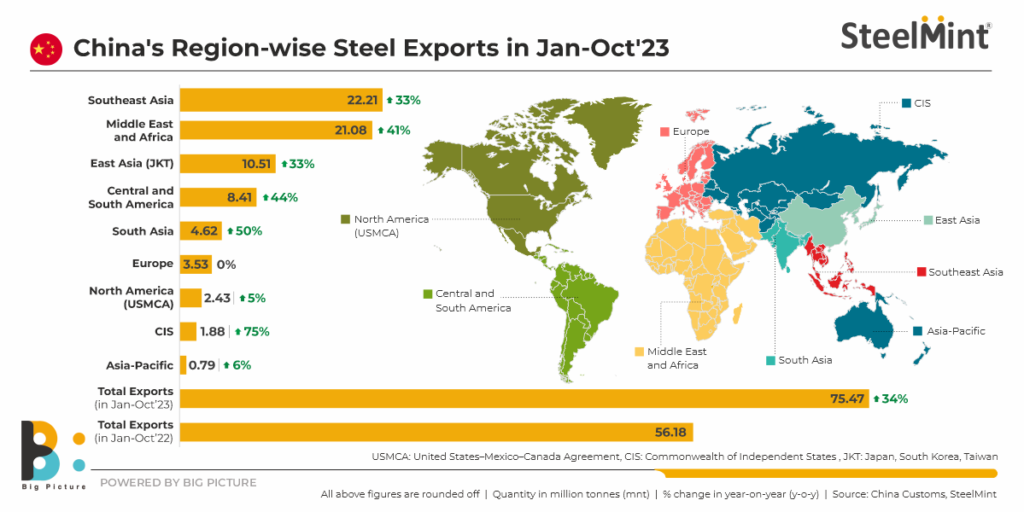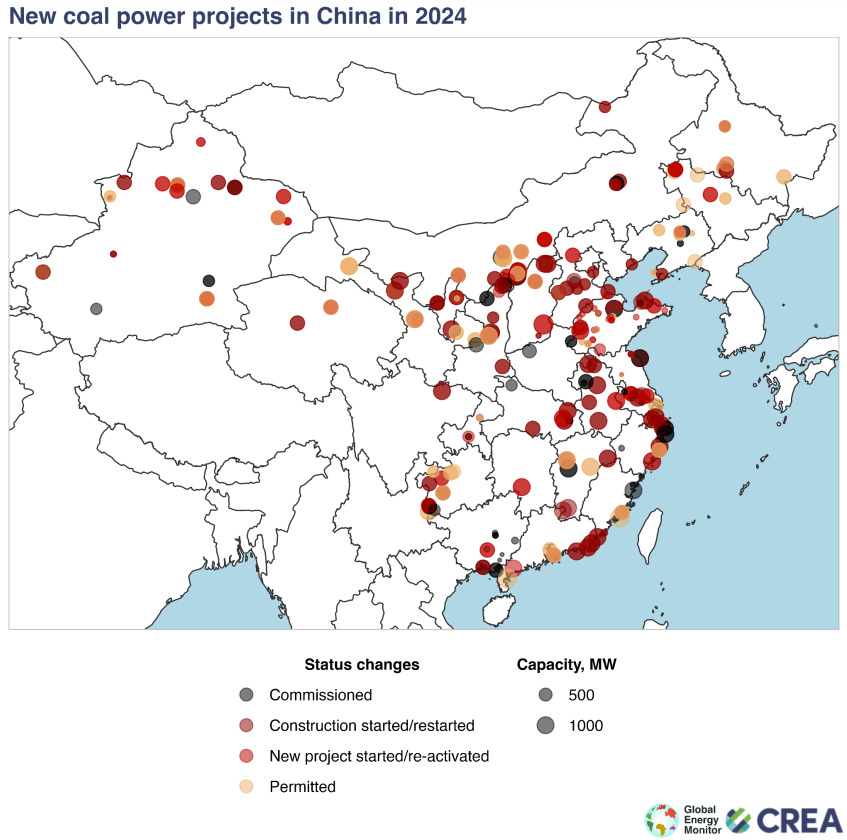In the next two-three years, the six ASEAN countries – Vietnam, Indonesia, Malaysia, Thailand, the Philippines and Singapore – will continue to be a major consumer market for Chinese steel products, considering the lagged commissioning of new steelmaking capacities in the region and Chinese mills’ unbated production enthusiasm, Mysteel’s analyst Li Tiange shared her prediction at an industrial summit hosted by Mysteel in Shanghai on December 15 as part of the company’s annual conference.
Overall, ASEAN-6 countries are still dependent on imports for flat steel products at present, Li told delegates. Among the six countries, Vietnam has the highest self-sufficiency rate of flat products at about 54.6%, while the Philippines and Singapore do not have flat steel production capacity and completely rely on imports.
China-origin flat products, with their relatively low export prices, are a major source for ASEAN-6, and Chinese steel mills have actively seized trading and cooperation chances in the region, supported by both profit margins and the country’s stimulus policies such as “the Belt and Road Initiative“, she explained.


In fact, new steelmaking capacities are expected to rise in ASEAN-6 in the next few years, the analyst noted. Based on these countries’ released steel capacity building or expansion projects, she estimated that the Philippines, Vietnam, Indonesia, and Malaysia will see additional steel capacities of 38.7 million tonnes/year, 29.8 million t/y, 29.5 million t/y, and 19.3 million t/y, respectively, should all these projects come on stream.
However, the rise in these countries’ actual steel capacity is likely to lag as new steelmaking capacities still need time to be officially put into operation and there are uncertainties over some of the projects, she pionted out.
For example, Vietnam steel giant Hoa Phat Group’s Dung Quat II Iron and Steel Complex project (with an annual capacity of 5.6 million t/y of hot-rolled coils), commissioned in 2020 and scheduled to put into operation in the first quarter of 2025, just implemented 35% of the work progress as of early September this year.
Nonetheless, in the longer term, ASEAN-6’s reliance on Chinese steel will decline with its growing steelmaking capacities, and the region may increase its supply of semis and long steel products to the international market, which could put more pressure on Chinese steel exports, Li added.









